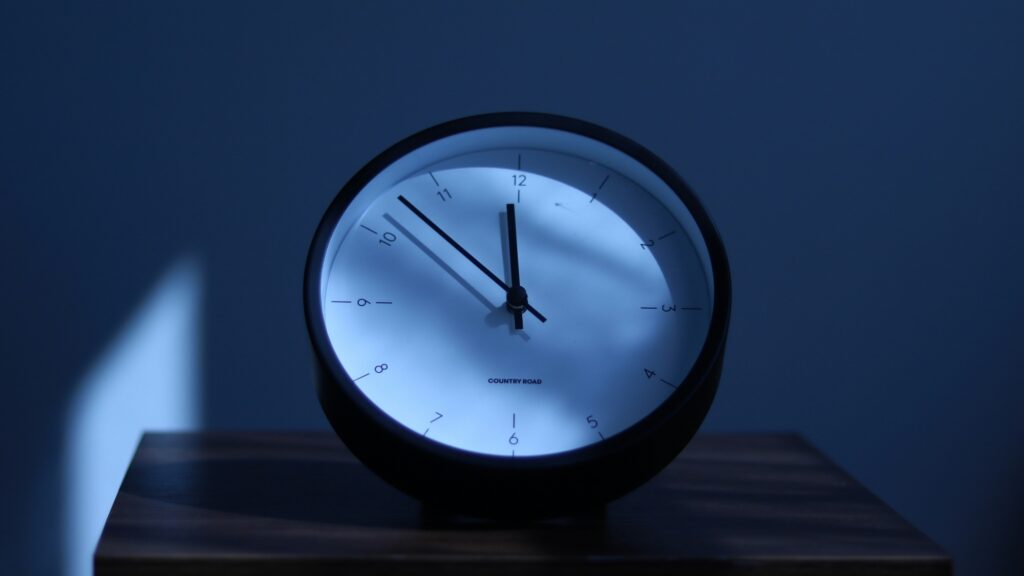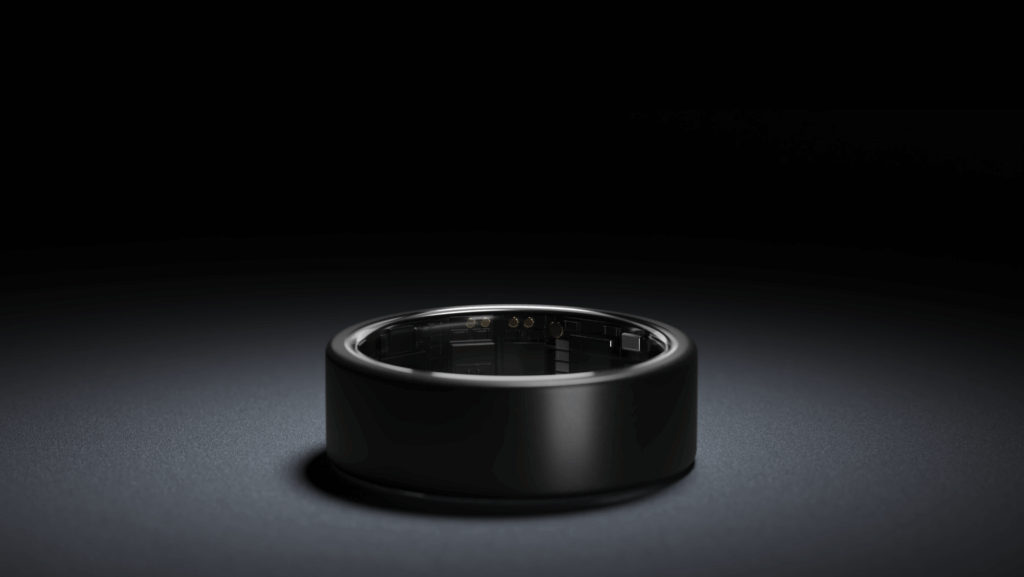Understanding your menstrual cycle is a window into your overall well-being, energy, mood, and reproductive health. That’s why Ultrahuman has partnered with Clue to enable users to sync their period data for deeper analysis.
Navigating the complexities of the menstrual cycle — where the four stages can have a huge impact on everything from energy levels to mood and resilience — is key to better self-understanding. Cycle tracking is a powerful tool for understanding the intricate dance of hormones and how they affect your overall well-being.
Bundle: Get up to 77% off Clue Plus with Ultrahuman Ring AIR
By using biomarkers such as skin temperature, resting heart rate (RHR), and heart rate variability (HRV), cycle tracking can help you interpret patterns and potential imbalances to proactively manage your health.
By integrating with apps like Clue, Coros, Withings, and FatSecret, Ultrahuman breaks down data silos to provide a comprehensive health overview.
With Clue in particular, Ultrahuman provides a unified platform that enables you to correlate your menstrual cycle data with activity levels, sleep patterns, HRV, RHR, and more. This boosts accuracy — especially for women with irregular cycles — and enables smarter insights and decision-making.
What is Clue?
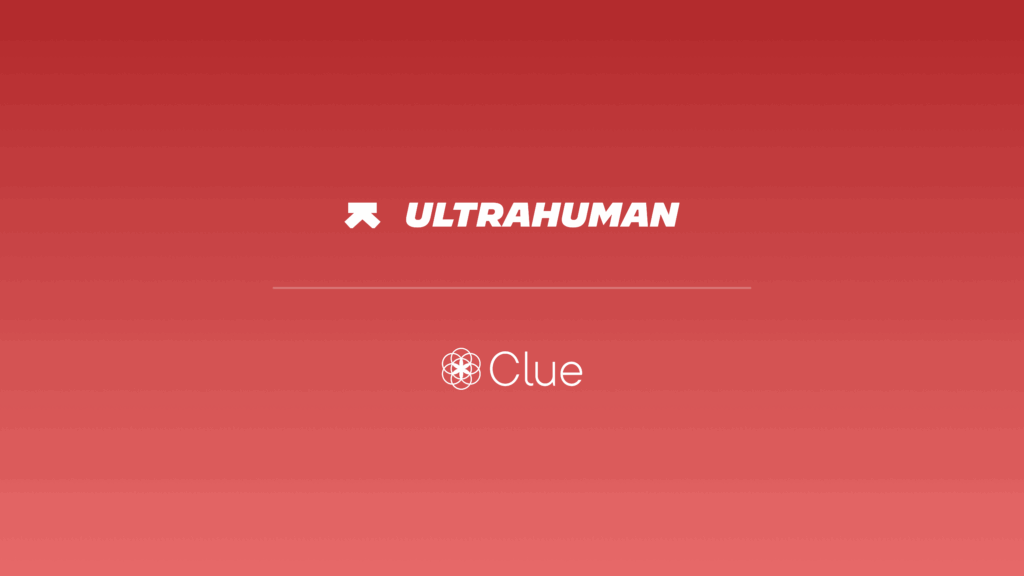
Clue is a science-based, data-driven app led by a female team that tracks your menstrual cycle and reproductive health. It’s considered a CE-marked Class 1 medical-grade device and currently holds over 15 billion data points.
Clue collaborates with research partners like Berkeley, 4M, and MIT to help close the diagnosis gap for conditions like endometriosis, PMDD, PCOS, and others.
It’s one of several cycle-tracking apps available, but since its launch in 2013, it has gained widespread popularity with over 100 million app downloads and more than 10 million current users worldwide.
Why integrate Clue with Ultrahuman?
Integrating Clue with Ultrahuman allows you to see all your health and fitness data in one place alongside your cycle data — from sleep and stress to variations in skin temperature and HRV. This can help you understand how these metrics change depending on the stage of your cycle.
The integration also removes the need to enter your cycle data into the Ultrahuman app manually if you’re already a Clue user.
For those who have tracked their cycle using Clue, your period history for the last six months will automatically appear in the Ultrahuman app once the integration is set up.
There’s no need to re-enter the dates of your current or previous cycles — ensuring consistency in your cycle tracking and enhancing the accuracy of Ultrahuman’s predictions within its Cycle and Ovulation tracking.
Ultrahuman Cycle Tracking explained
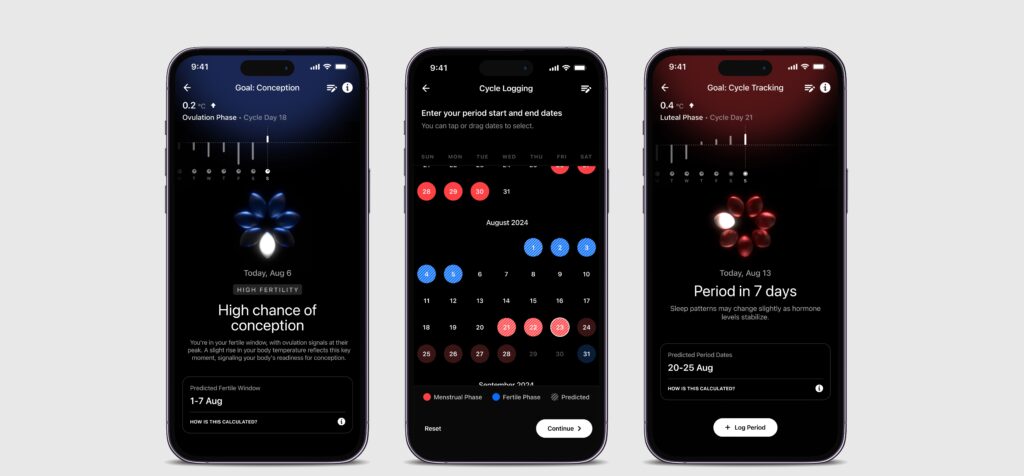
The Ultrahuman Cycle & Ovulation PowerPlug identifies key phases of the cycle: menstrual, follicular, ovulation, and luteal. By analyzing period logs and adding biometric data such as temperature, RHR, and HRV, it can predict your 7-day fertile window and pinpoint the day of ovulation.
The Ultrahuman Ring AIR will also add insight and context to your cycle. It will send nudges via app notifications based on your menstrual cycle phase — for example, when to increase or reduce workout intensity, or when to prioritize self-care and downtime.
How Clue and Ultrahuman work together
Ultrahuman has the Cycle & Ovulation PowerPlug for accurate ovulation prediction. However, using the Clue integration allows the Ultrahuman app to combine historic period data from Clue’s calendar with cycle phases determined by Ultrahuman’s algorithms.
When the two apps are integrated, Ultrahuman reads retrospective period dates from Clue and adds them to the Ultrahuman calendar.
This enables users with extensive Clue history to gain deeper insights via the Ultrahuman app. For new Ultrahuman users with long cycle histories in Clue, this data helps refine Ultrahuman’s Cycle Tracking algorithms and improves prediction accuracy.
Ultrahuman doesn’t read basal body temperature (BBT) data, nor does it write biometric data back to Clue. Instead, it takes the period dates and applies your temperature, heart rate, and HRV data within the Ultrahuman app to calculate your cycle phases and predict your ovulation window.
And that means you can benefit from deeper insights into your cycle.
During the follicular phase, you may notice an improvement in HRV, a slight dip in RHR, and a lower temperature baseline — all of which may make you feel more energetic. Meanwhile, during the luteal phase, you may see HRV decrease, RHR increase, and skin temperature remain elevated — which suggests the need for rest. These are actionable insights made possible by combining biometric data from the Ultrahuman Ring AIR.
How to set up the Clue and Ultrahuman integration
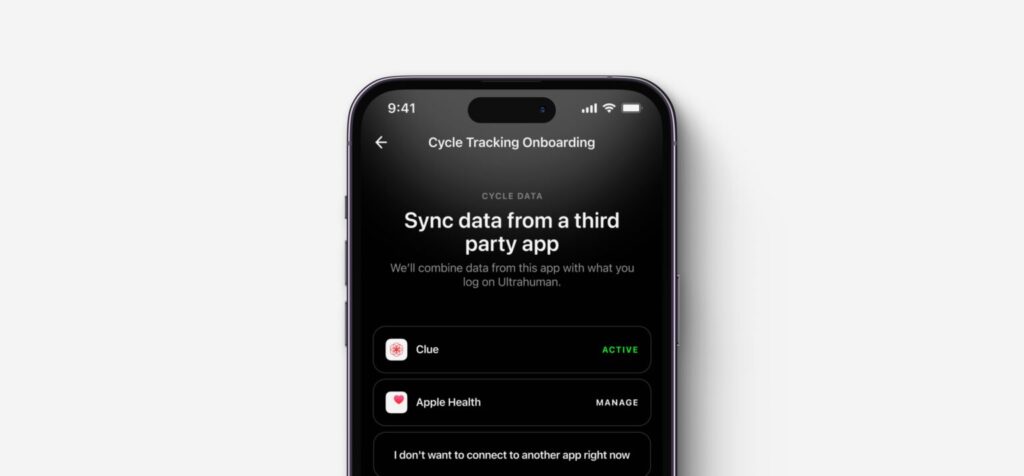
Setting up the Clue and Ultrahuman integration is simple. Follow the instructions below — just make sure you have your Clue login details ready:
- Open the Ultrahuman app
- Tap on the Profile tab (bottom right corner)
- Scroll down to Connect Other Apps
- Scroll down to Clue in the list
- Toggle on Connect to Clue
- Tap Continue to sign in to your Clue account
- Tap Continue again to allow Terra to connect your wearable data
- Log into Clue with your email and password
- Go to Cycle Details in the Profile tab
- Tap on App Integration
- Make sure Clue is selected (with a white box around it) and it says Active
- Press Continue.
That’s it — your Clue data should now automatically sync with the Ultrahuman app.




